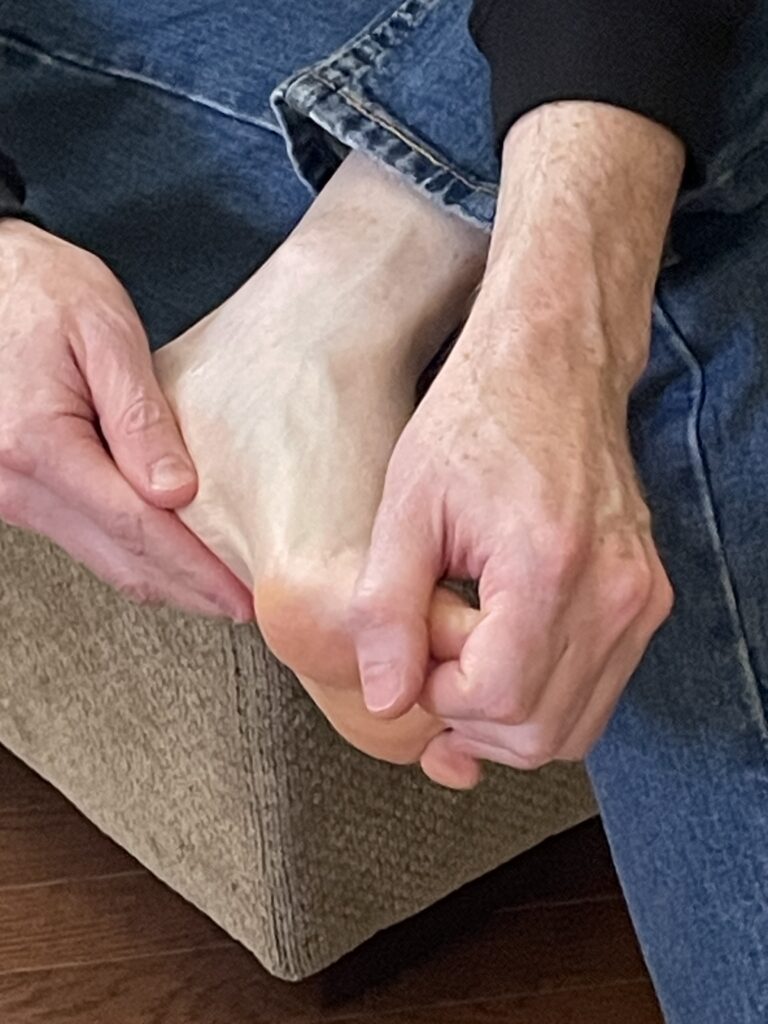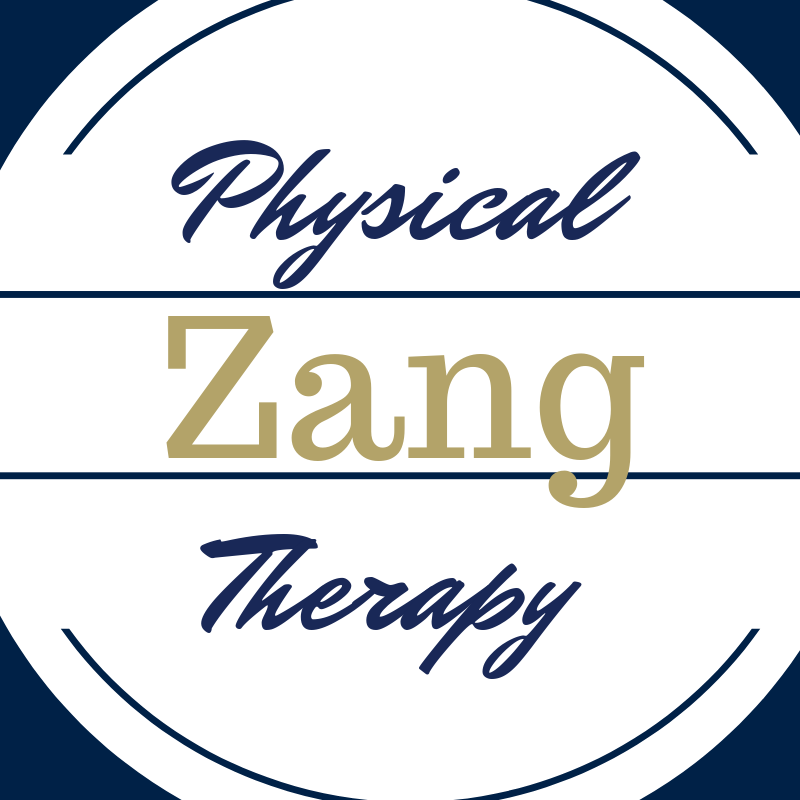Who out there enjoys walking around with heel pain? I am willing to guess no one. So why then do so many people walk around for weeks or months suffering with pain daily?
The most common answer is people think they can just walk their way through the pain. For some that may work, but for many that pain remains. Eventually they will reach a breaking point, but by then the road to recovery may be a long one. Remember…the longer a problem is around, the longer it generally takes to recover. Why you ask? Well, as time passes changes happen. Muscles become deconditioned and weaker. The tissues become less tolerant of loads (i.e. walking). The “brain” begins to process pain differently the longer pain is present. Thus, if we allow the problem to persist, it may hang around for a while despite proper treatment.
So, what can be done to treat heel pain? The answer depends on the exact source or reason for the pain. Some common sources include: the plantar fascia, fat pad syndrome, nerve irritation, and more. An important thing to remember is just because one of these structures is causing pain, why is that? What else is a contributing factor? Stiffness of the calf for big toe can result in increased strain and pain of the plantar fascia. Weakness of the foot or lower leg musculature can lead to added stress on the never pathways producing pain. And there is always the potential that heel pain is directly related to some lower back issue via the nerve system.
As a result, a thorough physical examination is highly recommended. This will determine the exact cause of the pain and highlight a path back out of the pain.
Do injections work? An injection may very well reduce the pain but will not address any underlying cause such as weakness or stiffness. So, while the pain may initially subside, if the cause is not addressed, the likelihood of return of symptoms is high. What about inserts? For some they work, but not all.
This is why a comprehensive treatment plan is recommended. A muscle and joint expert will determine the cause and outline the best plan. This plan may include items such as soft tissue/joint mobility work, muscle strengthening or flexibility, ultrasound, dry needling, or shoe inserts. When combined these treatments tend to resolve heel pain with good effectiveness…provided treatment is timely.
Tired of heel pain? Ready to get back to activity again without the pain?
If so, then click the following LINK to connect with a muscle and joint expert today.
